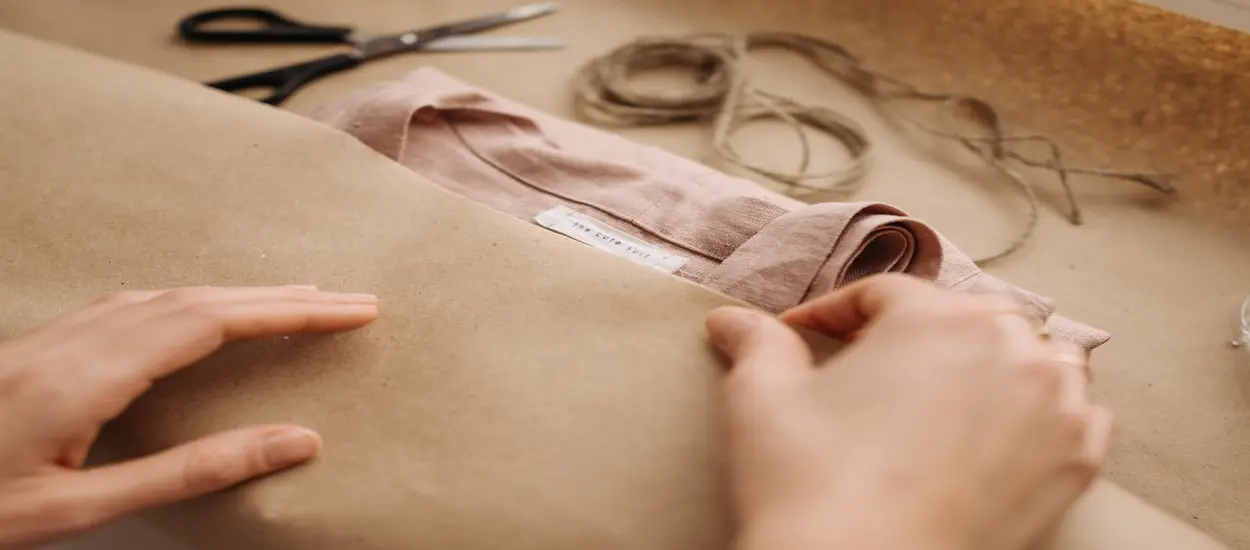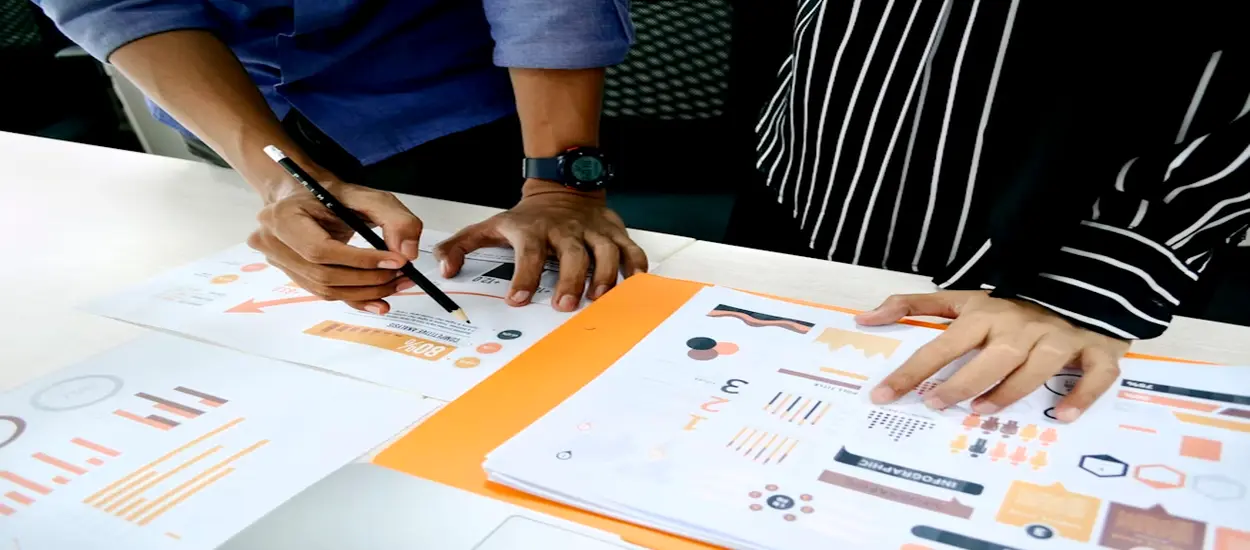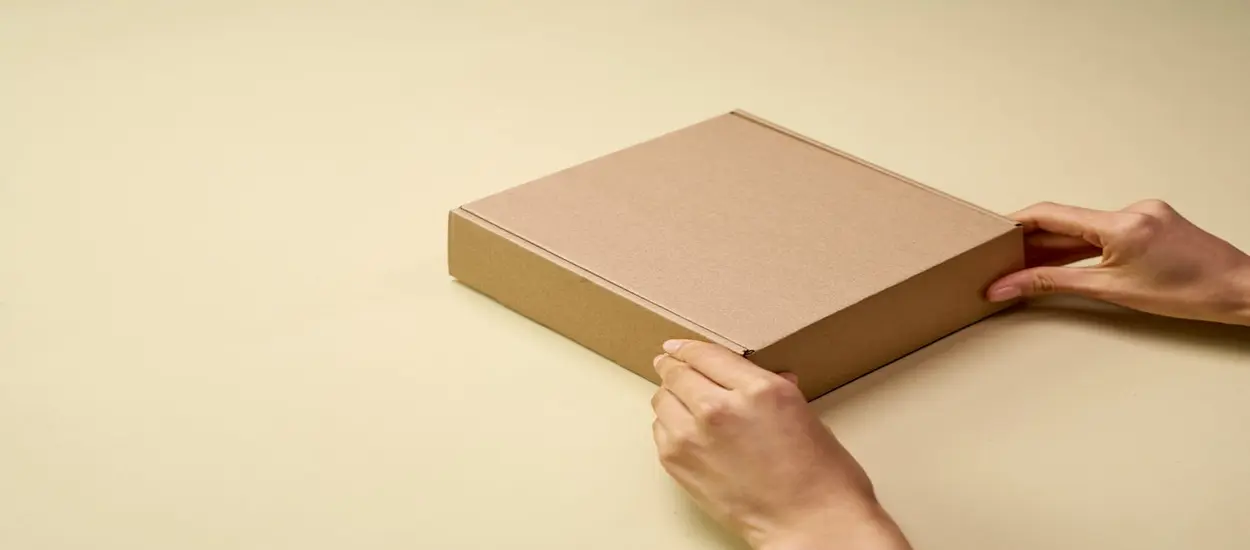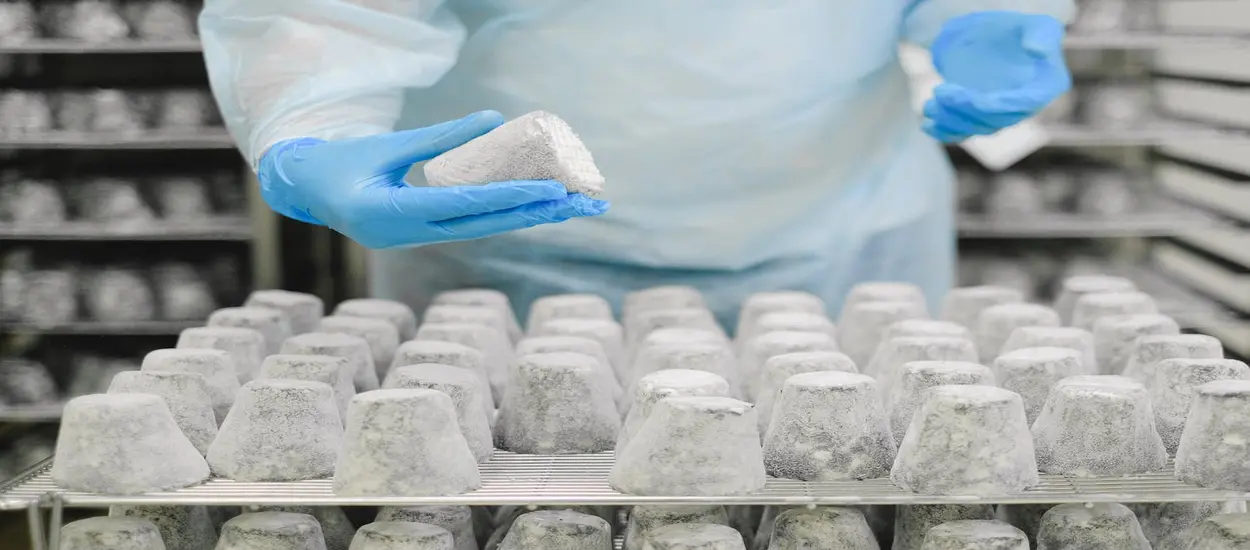China is home to thousands of affordable custom manufacturers with flexible MOQs. But we understand that product sourcing from China can seem daunting. Getting the right suppliers and proper sourcing requires your unrivalled attention.
In this article, we offer solid tips to help you learn about the top products imported from China. This step-by-step guide highlights what you need to source wholesale custom products from China. Read to the end before importing products from China, and “How To Buy Wholesale From China?“.
Can You Wholesale a Small Quantity of Custom Products in China?

MOQ is a recurring concern with #custom product sourcing. The typical picture that pops up when customising a product from China is massive orders. And if you are considering large factories, this is the reality. Their manufacturing set-ups favour large production. Opting for small and custom production would cripple efficiency.
But that doesn’t mean it is impossible. For a small importer, the key is not to do it alone. You can partner with an experienced China sourcing agent. This way, you can bypass those high MOQs and access a network of smaller, more flexible factories.
A sourcing agent understands the nuances of the market. They can negotiate with Chinese suppliers on your behalf. Their goal is to find someone who agrees to produce your custom product in smaller quantities.
Understanding the Chinese Wholesale Market
The global marketplace makes it easier for businesses. Now they can get products from anywhere in the world. For many, China remains the best business place. It gives you several manufacturing abilities and is cost-effective.
Yet, custom products are delicate. Unlike mass-produced items, custom products have unique requirements.
This guide aims to demystify that process. We provide a clear roadmap for anyone looking to wholesale a custom product from China. The journey isn’t about checking boxes. It’s more of teaming up and creating a partnership that works very well. Big or small, the first step is learning wholesale sourcing.
Our custom product development service merges innovative design with effective manufacturing to transform your unique ideas into high-quality products that meet market demands.
Types of Customisation Options in China
The term “custom product” can mean many different things. Suppliers give you a variety of customisations to choose from. Understanding these different customisations is important if you want to set realistic expectations. It also helps choose the right manufacturing partner.
1) Private Labelling

The simplest form of customisation is private labelling. This involves taking an existing product and adding your brand. It’s a simple process. It often covers logo printing, branded packaging, or custom manuals.
New businesses like this option. It needs little money, smaller orders, and lets you test the market fast. You use an existing product design and make it yours with custom branding.
2) Semi-Customisation
Next is semi-customisation. Here, you make small but clear changes to an existing product, maybe the colour, size, or material. For example, try asking for a tray in dark oak instead of light birch.
You can also go for a tray with metal handles. This gives you a bit of uniqueness without the time and cost of a full redesign.
3) Full Customisation
Full customisation is the most detailed option. It’s usually for businesses with a clear new product idea. This means making a product from scratch, often with a new mould or full redesign. It costs more upfront and needs a larger order.
But it also gives the best chance to stand out, letting you create a unique product not found anywhere else.
4) Bundling

Finally, there is bundling. This means combining existing or semi-custom products into one unique set. It’s a smart move for wholesale buyers. They can offer something unique without dealing with product design.
For example, bundle jars of different sizes with custom lids in a branded box for a kitchen set. It’s an effective way to add value and create a distinct product offering with lower risk.
Steps to Wholesaling Custom Products in China
To be in a good wholesale partnership with a Chinese supplier, you need to be clear and make careful plans. Here are ten steps to help you.
Step 1: Clarify Your Customisation Goal
Ask yourself if you’re seeking to overhaul the brand or something more complex. You need clarity about your customisation goals. Your business stage should guide this decision. A start-up might be better off with private labelling to test the market. But a scaling business with a proven concept might be ready to invest in full customisation.
Make a budget before you start. You can save time and prevent expensive options if you know your limits.
Step 2: Research Market Demand Before Approaching Chinese Suppliers

The perfect product idea means little if there is no market for it. Check if there’s demand before spending time or money. They let you identify current trends and analyse what your competitors are offering.
Pay attention to their product listings, reviews, and the features they highlight. This research shows whether your product idea can work for mass production. It can help you avoid disappointment with some products.
Step 3: Choose the Right Wholesale Model in China
Deciding how you will work with Chinese suppliers is a pivotal moment. The most direct approach is to work with a factory. This often results in the lowest unit cost, as you are eliminating the middleman. Yet, factories are often less flexible and impose very high MOQs. Hence, they are a poor fit for smaller, custom orders.
A trading company acts as an intermediary. They usually work with several factories. It can offer a wider range of products. They may be more flexible on MOQs, but will charge a higher price for their services.
For anyone pursuing customisation, the best option is a global supply chain provider. A good agent acts as your trusted partner on the ground in China. They manage the entire process. Find the right supplier to negotiate terms and oversee quality control.
This is the model that provides the most human touch. They can navigate cultural differences and build personal relationships with factory managers. This perk is often the key to getting a complex customisation project done right.
Step 4: Create a Clear Customisation Brief
A successful custom order relies on a clear and comprehensive brief. Think of this document as the blueprint for your product. Start by listing all essential product details:
- Size
- Colour
- Material
- Finishing
Vague descriptions will lead to frustration. If you have any design files, attach them. Even simple sketches or mock-ups are invaluable. It’s also wise to distinguish between “must-have” requirements and “flexible” ones.
For instance, the dimensions might be a must-have. But you might be flexible on the exact shade of a certain colour. This clarity allows the supplier to accurately quote and produce your vision.
Step 5: Request and Review Custom Samples

Never place a bulk order for a custom product without first receiving and approving a sample. The sample will tell you what the final product will look like.
When it arrives, check it carefully. Check the material accuracy, the quality of the finishing and precision. The sample might not be perfect on the first try. You can do revisions, but be clear about the required changes.
Step 6: Discuss Wholesale Conditions for Custom Orders
Negotiation for a custom product is more detailed than for a standard one. Be aware that MOQs for custom items will be higher than for off-the-shelf products. This is especially true for full customisation. The supplier will also provide a detailed cost breakdown.
This breakdown will include:
- Unit price
- Mould fee and,
- Any special packaging fees
Make sure you know the costs early. To prevent any risk, choose a payment system with milestones. For example, a small upfront payment to start the project. You may also pay when the sample is approved and at the end.
Step 7: Align on Production Timeline
Custom products have longer lead times. Be realistic about the production timeline. Always include a buffer period for potential delays. Complex designs may require adjustments to moulds or custom packaging. Confirm the delivery schedule with your supplier.
You want to know before signing any contract. Make sure to keep in close contact with them throughout the production. You can send a simple message to be sure things stay on track.
Step 8: Secure Quality Control Measures

Quality control in China is the final and most critical checkpoint. Specify your quality inspection points at the start of the project. For custom products, this might include checking:
- Mould
- Colour matching
- Durability of the final product
For added security, consider hiring a third-party quality inspection in China. They conduct an independent check before the goods are shipped. This provides an unbiased report on the quality. It gives you leverage if the bulk order does not match the approved sample.
Step 9: Plan Logistics for Custom Wholesale Orders
Once the order is complete, you need a solid logistics plan. Discuss shipping options for your wholesale volume. Use air for small or urgent orders, and sea for larger shipments. Make sure your packaging can protect your custom products during transit.
It’s also important to agree on Incoterms from the start. It tells who pays and who’s responsible during shipping from China.
Step 10: Protect Your Custom Product Design
This is perhaps the most important step for any business investing in a unique product. Protect your brand and designs before sharing with a supplier. This gives you legal protection.
Use an NDA when sharing ideas to prevent copying. Work with trusted agents and suppliers to protect your IP: it’s your most valuable asset.
Did you know about all these steps before? And more importantly, can you really dedicate the time to act on each one?
No worries!
A sourcing agent does this work every day. Our team can manage the entire sourcing process for you, from start to finish.
And beyond these 10 steps, some tasks don’t always make it into guides. It can be factory-only negotiations, in-person checks, and subtle adjustments during production. We handle those, too, so nothing slips through the cracks.
So, know more about us today. At OwlSourcing, we make the product sourcing process simple and effective. Reach out to us now!
Understanding Supplier Structures in China
Working with Chinese suppliers means knowing the types and their pros and cons.
Factories are the direct manufacturers of products. They offer low costs and direct production access, but need big orders and are less flexible.
Trading companies are a common sight in the Chinese market. They are essentially middlemen who work with a network of factories. They offer more products, smaller orders, and flexible terms than a factory. This flexibility comes at a price. They add a mark-up to the factory price to cover their services.
Global supply chain providers are the final and, often, the most recommended option. Unlike trading companies, a good sourcing agent works directly for you, the client. They handle supplier searches, quality checks, and logistics for you. They help with complex projects and ensure your needs are met.
Which Option Suits Small Importers vs. Large Importers?
For any importer, big or small, a sourcing agent is the best choice. If you are a small importer, get an agent to help you with orders, meet with factories, and check your products.
If you are a larger importer, a sourcing agent will help manage supply and oversee the shipping from China. They work like a partner, saving resources for growth and marketing.
Why Find the Best China Import Agent?
Finding the best China sourcing agent is important for profitable sourcing. A good sourcing agent links you and suppliers and ensures your products are of the best quality. They help you avoid high MOQs and costly sourcing mistakes.
A good agent will help with the production and logistics. Also, they take over the whole process, allowing you to focus on your business.
When Sourcing Custom Products Turns into Product Innovation

Today, I am going to share a story that happened with one of my colleagues during a sourcing trip in China. He went there with a single goal — to buy from China a custom storage box.
He had the design ready, custom packaging planned, and his budget fixed. Like many buyers, he checked on Alibaba and even compared a few Alibaba alternatives. But the search felt overwhelming, and nothing matched his exact vision.
That’s when he decided to explore further with the help of a sourcing agent. Our team guided him through suppliers on 1688 and also visited the Yiwu Market to see real samples. He finally chose a factory that understood his requirements.
Something unexpected happened during the meeting. The factory manager asked,
“Would you like matching trays made from the same material? Many buyers prefer to sell them as a set.”
It began as a simple storage box project. However, it suddenly turned into a chance for new product development.
My colleague admitted later,
“I wasn’t ready for this. Handling multiple products meant double the risks. If the box and trays didn’t match perfectly in size or finish, my brand would look unprofessional. Even the wrong custom packaging design could ruin the whole set.”
Without someone on the ground, those worries would have been real. But we handled everything. The box and trays shipped as a single polished SKU.
The result? The bundled organiser kit outsold the original single box idea by a wide margin.
My colleague now laughs about it, saying,
“I went to China to get a box. I came back with a best-selling product line.”
For me, this story is a reminder that sourcing custom products in China isn’t about sticking to your first plan. With the right support, ideas can evolve into something much bigger.
That’s the real advantage of having a sourcing agent. Get someone who can see opportunities beyond Alibaba listings.
Read More:
- China Sourcing Companies for Custom Products
- Importing Wholesale Best China Bamboo Home Décor
- Top China Custom Home Décor Suppliers and Manufacturers
- Top 10 Trending Custom Products to Wholesale from China
Final Thoughts!
Buying wholesale custom products from China can be very rewarding. Once you know how to handle the sourcing process, it is smooth sailing. Chinese manufacturing may seem huge, but anyone can manage it. All you need is a sourcing agent. It decides your success.
A basic China sourcing service plan usually involves four things. It includes finding the right factory and China shipping service and negotiating prices. Also, there is managing production and ensuring quality checks before shipping. This way, you get products without the headaches of dealing directly with factories.
Follow this guide, and you can turn your product idea into a brilliant business. The world is full of possibilities, and with the right approach, your product is ready to take its place in it.
Ready to wholesale custom products from China without the hassle? Our team at OwlSourcing can handle everything for you. Contact us today to get started!

